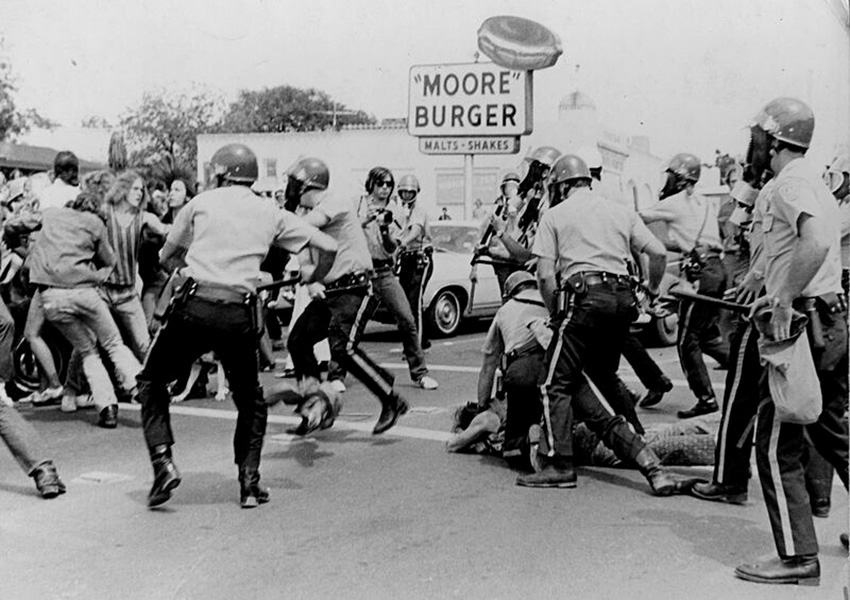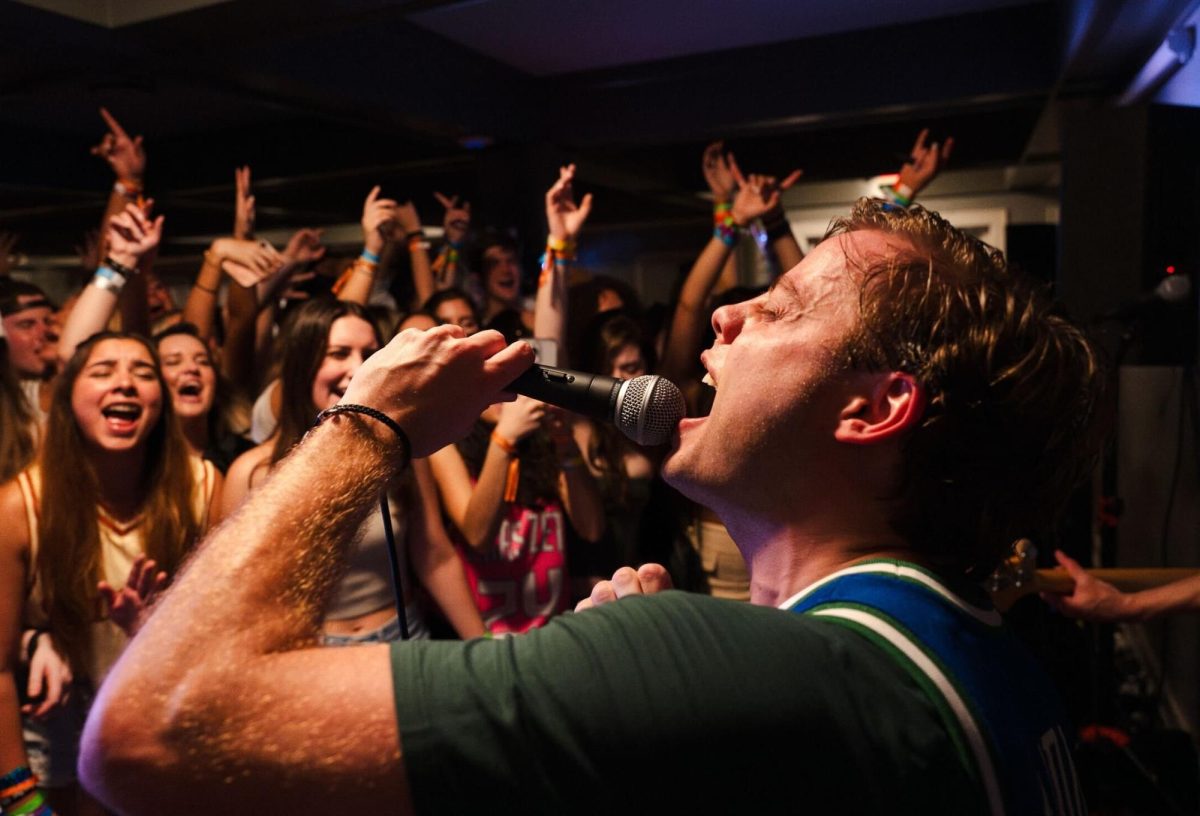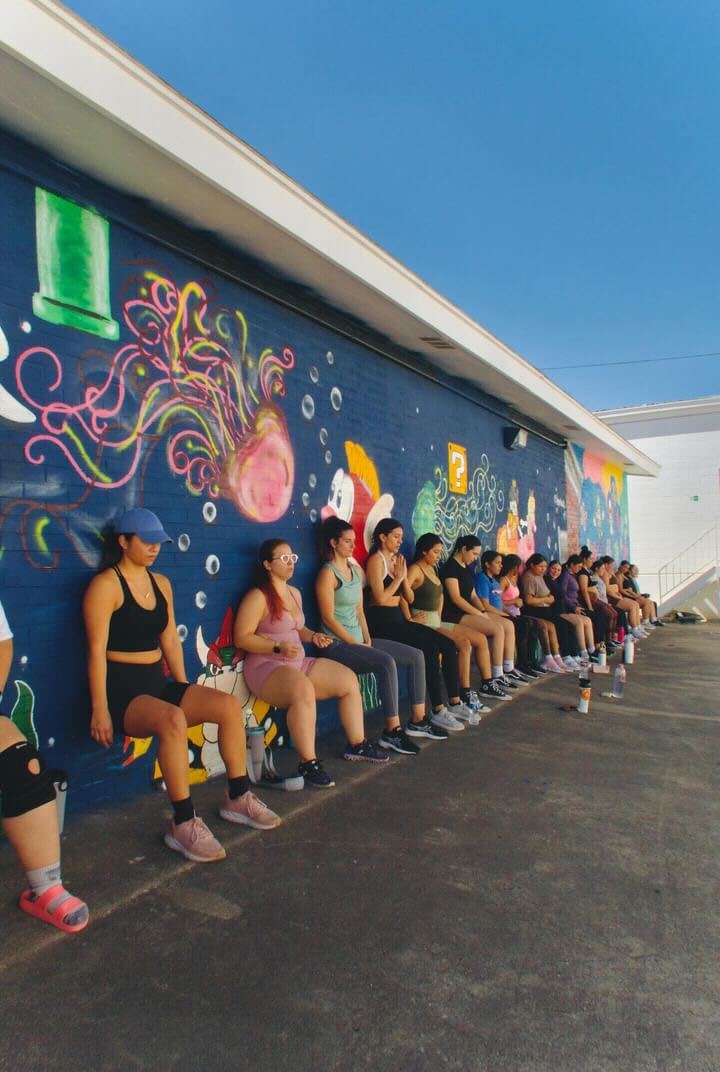Images captured by a cheap plastic camera allow veteran Alan Pogue’s memories of violence in Vietnam to remain as clear as the day he took them.
While training to become a combat medic in 1966, Pogue prepared himself for the deaths of soldiers and civilians he would witness in the fight against Viet Cong. But Pogue said upon arriving in Vietnam, the abuse, rape and murder of the Vietnamese people committed by his fellow soldiers was something he never could have prepared for.
“After a number of these kinds of incidents, it was obvious to me that there was no concern about the health and welfare of the Vietnamese people,” Pogue said. “I asked, ‘What in the world are we here for?’ Nothing that I had been told justified anything that was going on. We were morally lost.”
When Pogue, a UT alumnus, returned to his native Texas, he began searching for answers to this question in historical and political contexts. As a newly enrolled philosophy student at UT, he found his disillusionment with the war effort reflected in the student body through anti-war groups such as Vietnam Veterans Against the War and Students for a Democratic Society, as well as the alternative newspaper The Rag.
“The draft was what brought this issue home to young people,” said Thorne Dreyer, UT alumnus and co-founder of The Rag. “In the past, when people had been drafted into wars, they at least believed in the cause. But in Vietnam, they saw people dying for no reason. The anti-war movement wasn’t simple draft-dodging, but it was resistance to an idea that the youth didn’t agree with.”
Pogue, now a documentary photographer, began his professional career taking pictures for The Rag. As one of the era’s most successful underground papers, The Rag provided Pogue with an audience who benefited from learning the realities of anti-war protests.
“I asked myself what would happen if other people could see what I saw,” Pogue said. “I realized that if I argue other people with words, they’ll argue back with words. But if I could show them a photograph, it’s harder to argue with.”
Pogue said UT most needed a voice of truth after the 1966 election of John Economidy as editor-in-chief of The Daily Texan. Economidy, a pro-war advocate later exposed as a police informant against his peers, alienated a large portion of the student body.
Sarito Neiman, another co-founder of The Rag, said the newspaper provided a community where students could have their voices heard.
“It felt so empowering to actually get together with a bunch of people and make a statement,“ Neiman said.
During one protest involving Society members and The Rag writers, Neiman masqueraded as a reporter to get into a speech by Secretary of State Dean Rusk. Although she opposed his role in the continuation of the war, when Neiman finally laid eyes on Rusk, his exhausted expression allowed her to view him in a
different light.
“I had this kind of internal conflict inside of my head: ‘Should I whack him on the side of the head with my notebook and call him a baby killer? Or should I see this human being who, in a way, is as trapped in the system as everyone else?’” Neiman said.
Although this moment didn’t change her disdain for Rusk, Neiman said it reminded her of the importance in capturing the humanity of subjects she wrote about. This was a key step in completing The Rag’s mission: to report the truth.
“It taught me that I had to find some way to communicate on a deeper level about what we’re all about,” Neiman said. “This is is another human being and this really a human problem as well as an institutional problem and you will probably never fix the institutional problem unless you can begin to engage people on the human level.”















